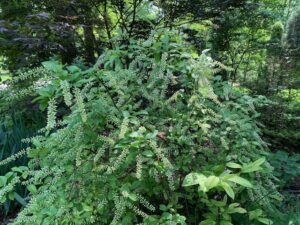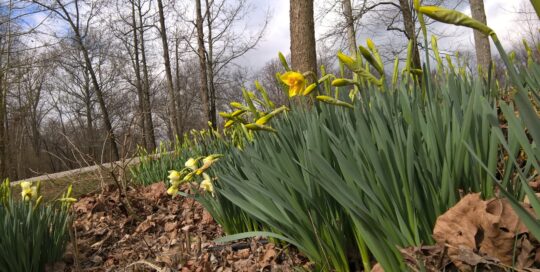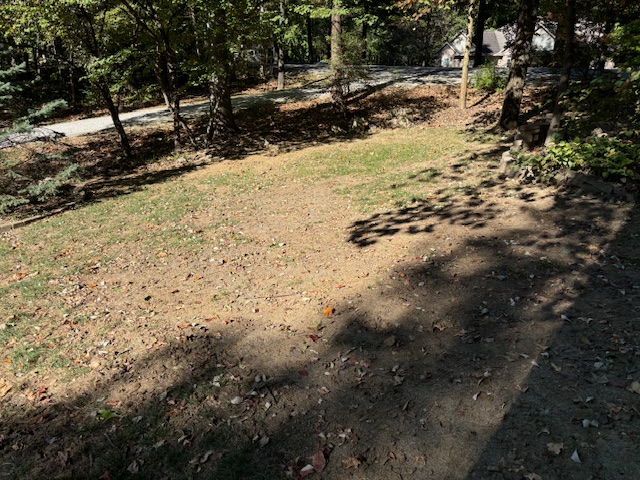Sweet Little Henry Itea
Views: 453

You know the drill: it is well before the last average frost, but you can’t wait to get dirt under your fingernails and put some plants in the ground. You haunt garden centers weeks before the plants arrive, nearly breathless in anticipation, picking up seeds to start indoors just to have something to do in the meantime.
When the plants finally start arriving, you walk around searching for a new cultivar, a different shrub, a plant you don’t have (yet).
You check the plant tags, “Got that. Got too much of this one. Nope, this needs full sun. Uh, maybe I’ll get a few of these.”
And then, the prize, the trophy, the “yeah, I gotta get this one” moment – and you buy at least one, maybe several. That is how I now have several Little Henry Itea sweetspires (Itea virginica). It’s a deciduous shrub native to North America, hardy from Zones 5a to 9a.
Little Henry Itea
Little Henry will grow in full sun to full shade, can tolerate moist conditions and should grow to about 3 feet in height. In early summer, for two to three weeks, it’s covered with white, drooping compound flowers, very popular with pollinators. In autumn, its foliage turns shades of reds and oranges. What’s not to like? Darned near a perfect plant!
I planted two in the garden east of our driveway. They get reflected light from the driveway and some filtered light through the tree leaves, but in all honesty, they’re in full shade. The soil in that area is mostly hard clay, but the ground slopes downhill from where they are planted, so drainage is reasonably good. I watered them in and pretty much left them alone. A few times a summer, when the weather is really hot and really, really dry, I might water the entire area, but they receive no other special treatment.
Apparently, the Little Henry Itea liked their new home; they are now at least five foot tall and are self-seeding. To be honest, they are a little too enthusiastic about self-seeding. I’ll pull up many seedlings, but I’ll transplant a few to the north edge of our property, underneath shade trees and hope they will drape over the slope to the ditch below. Without any additional encouragement, they are growing slowly and seem just fine. I also haven’t noticed any signs that deer are browsing on them (amazing!).
Low care
It’s very seldom that a plant does so well with so little care (at least in my gardens). Looking forward a few more years, I can imagine the entire north bank covered with white blooms, with butterflies and bees enjoying their feasts – and I’ll be pulling up even more Little Henrys.
Stay Green, Good Friends!
Meet Dona Bergman
Dona Bergman is a founding member, Southwest Indiana Chapter of the Indiana Native Plant & Wildlife Society, and an Advanced Master Gardener.







